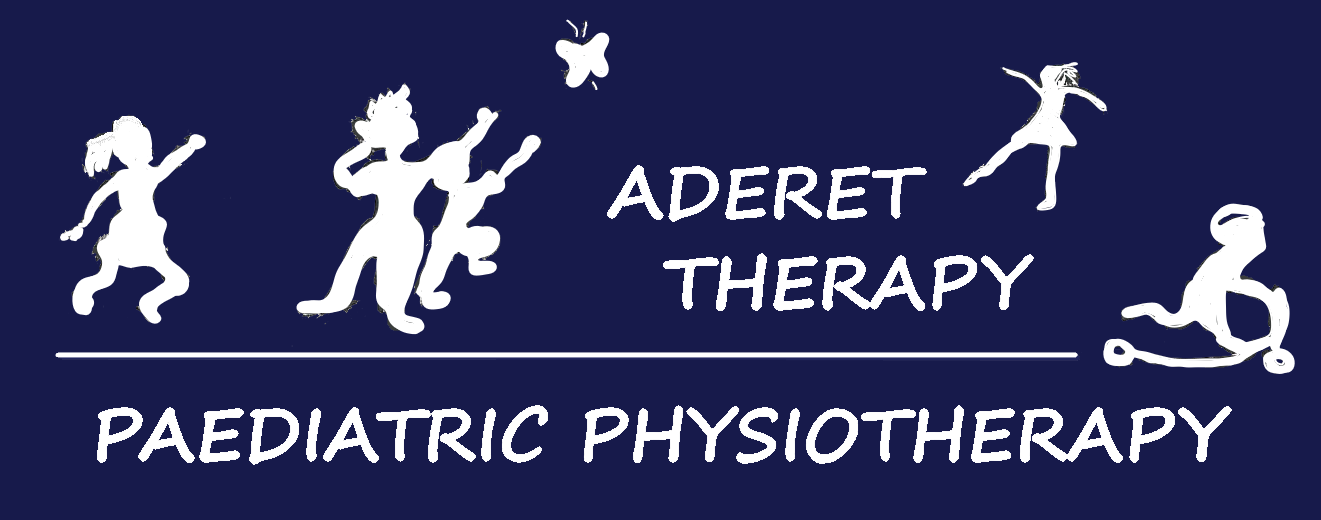Your precious little one has finally arrived. It is a whirlwind of hugs, sleepless nights, high emotions, gorgeous cuddles, and immense fatigue. Then there is the constant worry, are they putting enough weight on, are they feeding, how many dirty nappies in 24 hours, how much time do they spend in tummy time.
That last one can be tricky. Do you have one of those babies that cry, or vomit, turn red in the face to try to get off their tummy? You are not alone. Many children struggle with spending time on the floor on their tummy. So why is it emphasised so much.
The reason tummy time is always stressed so much is because it strengthens the muscles in the neck and promotes head control. When a baby is born they are weak and helpless. They are completely reliant on the people around them to provide for them. All developmental skills including rolling, sitting, walking, eating, talking rely first on the development of good head control. Before a child can learn to roll over, sit up, develop the oral motor skills to eat and drink or talk. They first need to have the ability to hold their head up against gravity and look around. This is why it is emphasised so much when a child is born. Tummy time is the most effective way to build head control.
So what if your child hates tummy time! What do you do? Remember the goal: the goal is to develop head control through building neck strength. Tummy time is the most effective as it encourages your child to lift their head straight up against gravity. Your baby has to use their full range of neck movement available and they have to move it fully against gravity. This is the hardest movement to master. A true workout for your little one. However, tummy time is not the only way. Any position that challenges your child to lift their head and control the movement of their head will assist with building strength:
- Magic position:
- I call this position the magic position as it really assists a gassy, refluxy baby to settle whilst on their tummy. Also, a perfect position to help a baby to settle when they are not having a good night.

- I call this position the magic position as it really assists a gassy, refluxy baby to settle whilst on their tummy. Also, a perfect position to help a baby to settle when they are not having a good night.
- Partial incline.
- Sometimes avoiding being flat on the tummy oppose to slightly inclined can make all the difference. (eg. Placed on a wedge, lying on Mum’s tummy)

- Sometimes avoiding being flat on the tummy oppose to slightly inclined can make all the difference. (eg. Placed on a wedge, lying on Mum’s tummy)
- Supported tummy time
- Remember the goal is head control, not to lie on their tummy
- Placing a bolster under the tummy to assist a child to feel more comfortable.

- Side-lying
- This helps to build strength in the muscles of the side of the neck. With this strategy it is important to swap sides to your baby builds strength equally on both sides.
- Slowly reduce padding under the head as your child builds up strength.

- Lifting through side-lying
- Encouraging your child to lift their head slightly every time you pick them up.
- Lift your child up through side-lying. Use your index finger/pointer finger (safety fingers) on either side of your baby’s head. This is a precaution, it gives your baby the ability to build strength whilst still ensuring that they are safe the whole time.

In summary, the key to tummy time is understanding the goal. Your child needs help to build the neck strength so they can control the movement of their head. Consistent, daily activities that encourages your child to build strength and control is accomplishing this goal.
